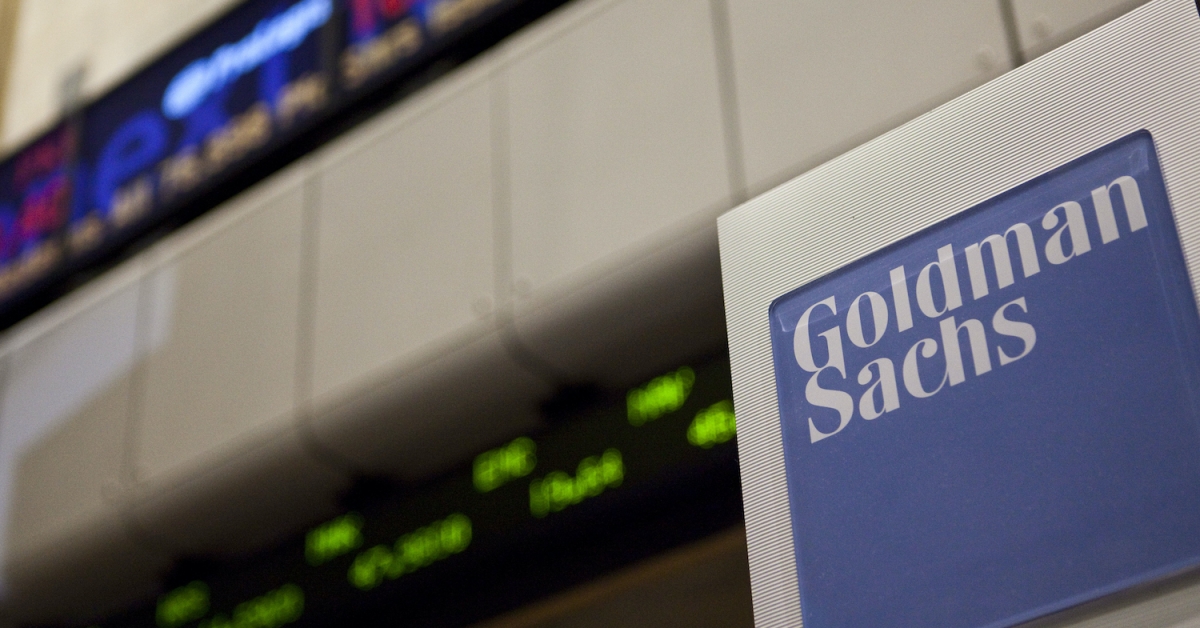We sat down with Goldman Markets Division’s Josh Schiffrin, global co-head of U.S. and global interest rate products, and Brian Friedman, global head of market strats, who explain the market implications.
In recent weeks, there has been a wave of selling that has driven the yield on the benchmark 10-year Treasury note to its highest level since the pandemic began. Why did the yields move up so quickly?
Josh Schiffrin: What’s happened in February is fundamentally different than the factors that drove the market over the last six months. The market is now looking toward future growth and what a return to normal would look like as COVID-19 cases fall and vaccinations increase. In other words, the trade has shifted from a pure reflationary one to a view that the economy is recovering sooner than expected and the market is reassessing the growth outlook and implications thereof. What’s more, the composition of the move, to the extent it continues, may be different than the pure reflation trade we’re accustomed to and, in fact, is likely to reflect a more dynamic trading environment.
From your many conversations across the franchise, are you getting the sense that people are positioned for this?
Brian Friedman: Despite the market’s focus on the reflation trade, there was a great deal of complacency priced into the market, as could be seen in historically low volatility and a very slow and shallow hiking cycle. There is a pronounced difference between the long period we were just in, where you had slowing global growth and central banks were making sure real rates globally were repricing even lower, to one now where global growth is going to be growing quite strongly and central banks will now be in the position of trying to anchor real rates from repricing too quickly. That kind of shift is going to obviously affect what assets investors are going to be long. The future period of stronger growth and allowing for higher inflation calls for the market to be long real assets—equities, commodities and real estate—all of which have unlimited upside to growth instead of nominal assets. And as the economy and asset prices start to reflate, we expect to see higher volatility given the procyclical nature of Fed policy, and higher economic volatility emanating from enormous pent-up demand due to the pandemic and historically large fiscal packages.
What is the biggest focus from a macro perspective that you’re watching?
Josh Schiffrin: The central thing that’s happened in the world over the last year is this terrible virus. Central banks’ stimulus and fiscal stimulus are all a response to the virus—and higher rates would reflect a return to normalcy.
Brian Friedman: I’m watching the 5-year Treasury and what a possible infrastructure package may look like. It’s much easier for the Fed to control the 5-year point of the curve. The negative correlation between break-even rates—a measure of expected annual inflation—and real rates has remained high. And so long as the 5-year point of the curve is broadly contained as break-even rates move higher, then that’s a strong indication that the Fed is staying dovish while growth prospects improve— and it’s hard to get bearish on risk if growth is improving and the Fed is remaining dovish. And outside of getting the virus under control, the next important piece of information for the market to debate and digest, will be an infrastructure plan coming out of Washington. Details are scarce and it’s an area the market has very little conviction around.
Finally, can you outline your views for the Fed’s playbook over the next few years?
Josh Schiffrin: We expect the Fed to start tapering bond purchases in 2022 and finish by the end of 2022 or early 2023. From there, we expect the Fed could start to raise interest rates by 25 basis points a quarter, most likely starting in early 2024.
Brian Friedman: Ultimately, I think the Fed is going to let the economy run as hot as it can to get the unemployment rate—including the participation rate and minority employment rate—as low as possible. And I think the only thing that will force them to blink and raise rates is if inflation becomes uncomfortably high.






